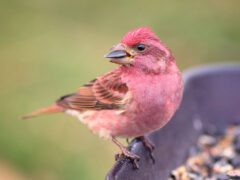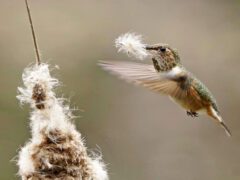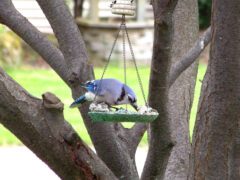Ornithologists recognize three distinctive groups within the Gray Heron species: "Gray,” "Mauritanian," and "Madagascar." The “Gray” group is the most common, widespread group, found across most of this species’ range in Europe, Africa, and Asia. The “Mauritanian” Gray Heron, confined to coastal Mauritania and Senegal in West Africa, is much paler than birds in the “Gray” group. The “Madagascar” Gray Heron is typically larger than individuals in the “Gray” group, with a larger bill, longer legs, and brighter bare skin colors during courtship.
Identification
Powered by Merlin
Generally quite common and conspicuous in wetland habitats from marshes and tidal flats to small ponds, ditches, and wet fields; nests colonially in tall trees. Mainly seen as singles or in small groups, standing quietly in or at the edge of water, less often hunting in fields. Plumage mostly gray overall, with paler neck; adult has white crown, black eyebrows, and black shoulder patch. Like other herons and egrets, flies with neck pulled in to form a bulge.
Relative Size
Larger than a Black-crowned Night-Heron and smaller than a Common Crane.

 goose-sized or larger
goose-sized or largerMeasurements
- Both Sexes
- Length: 35.4-38.6 in (90-98 cm)
- Weight: 36.0-73.1 oz (1020-2073 g)




















